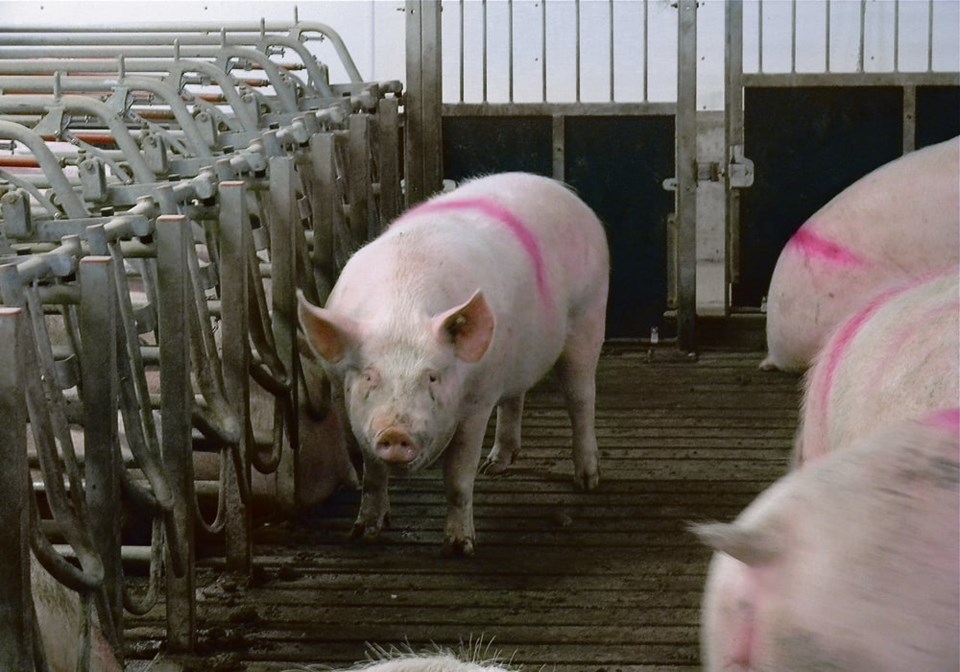WESTERN PRODUCER — Researchers are trying to find out why prolapses have become a major cause of sow mortality.
It wasn’t a big thing 20 years ago, but it’s become one of the main causes of sow culling and the reasons aren’t clear.
“It’s a very costly problem for the industry that wasn’t here 10, 12 years ago,” said Dr. Jason Ross of Iowa State University’s Iowa Pork Industry Centre.
Work is ongoing to discover the causes, and certain pre-prolapse red flags have been spotted.
One is body condition, which researchers didn’t think would be a factor.
“Body condition score has a real influence on pelvic organ prolapse in a sow farm,” said Ross.
“The sows that are thin, in late gestation, have a much greater probability of prolapsing in farrowing than sows that are at ideal or better than ideal body condition.”
This phenomenon was found by researchers and has been reported by others alerted by the findings.
“It’s been consistently repeated by others’ observations,” said Ross.
The vagina is also a place that signals potential problems ahead.
“The vaginal microbiome is different in sows that are at risk for prolapse,” said Ross.
Researchers intervened with a couple of nutritional supplements to improve the microbiome, but found they got no improvement in prolapse rate. However, these interventions reduced stillbirths.
Successful interventions included boosting feed to thin sows in the three weeks before farrowing. Farms that pushed feed had noticeable improvements.
“Those farms had statistically lower prolapses,” said Ross.
Correlations of inflammation and immune cell counts also flag increased prolapse risk, but why prolapses have surged in recent years continues to puzzle researchers.
Analysis has shown that certain genes are associated with increased prolapse risks, but underlying causes remain unclear.
Future research will target these areas to try to solve the mystery.
You can no longer count on social media to deliver important news to you. Keep your news a touch away by bookmarking SASKTODAY.ca's homepage at this link.
Subscribe to SASKTODAY.ca newsletter to get our daily news to your inbox.



